In fly rods as well as in fly fishing, certain traditions are usually upheld. This is true with the wraps on a rod. For instance, the thread used on a bamboo rod is traditionally silk thread, while the more modern nylon is commonly used on graphite & fiberglass rods.
Silk thread gives a smoother, flatter wrap on a rod than nylon. Silk is also a lot thinner than nylon thread & lays down flatter on a rod giving a smoother, even appearance under varnish. If applied correctly, wraps of silk thread will appear “painted” on a rod after the finish is applied. The lighter colors of silk thread will become translucent, showing the guide feet, under varnish. This is a very traditional look.
The color scheme of the wraps is an open field where you can have any colors you choose on your rod. Some folks prefer to stick to more subtle & traditional colors such as red, brown, etc while others prefer to go for bolder colors & shades of green, purple, blue, etc. There are many different colors of thread available today. Also, on older rods &/or more expensive rods, you may find the wraps ending, or tipped, in another color. This is called “tipping” which gives definition to the appearance of the wrap. Tipping is usually done in a neutral or contrasting color & is very thin, consisting of only a few turns of thread.
When choosing wrap colors, it’s always best to consider the color of the rod itself, so that you’ll have an idea of the overall appearance of the finished rod. Also, the colors of the thread, unless treated with a product known as “color preserver” will appear much different under varnish than as it comes on the spool. This is where the guidance of a rod maker is valuable in helping to guide you when choosing wrap colors.
On the overwhelming majority of graphite rods today you will find the wraps made of nylon thread & an epoxy finish over the wraps. Most are bulky wraps (even on the best of rods) & appear to me to look more like an imitation ant fly pattern you might use at the end of your line: many little symmetrical bumps along the length of the rod. On all my rods (bamboo, graphite, & fiberglass) I choose to use silk thread for the wraps & finish the wraps with a traditional varnish. This results in smooth, flat wraps that do not boldly stand out in shape & size from the rod shafts. This follows tradition on bamboo rods & gives graphite & fiberglass rods a traditional appearance. Trends in fishing tackle come & go, but these traditional looking wraps never go out of style & give your rod a timeless appearance. Take a look at an older bamboo or fiberglass fly rod & compare the wraps to those on modern graphite rods. You will see what I mean about smoother, flatter wraps.
When purchasing a rod from a custom rod maker you can have a wide choice of colors for the wraps. This is one more choice that makes your rod as individual as you are.
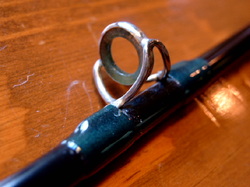
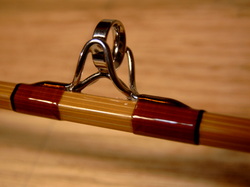



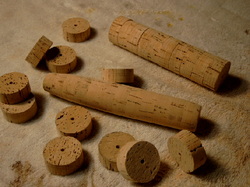
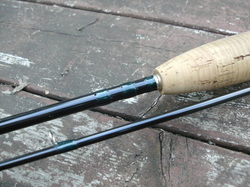

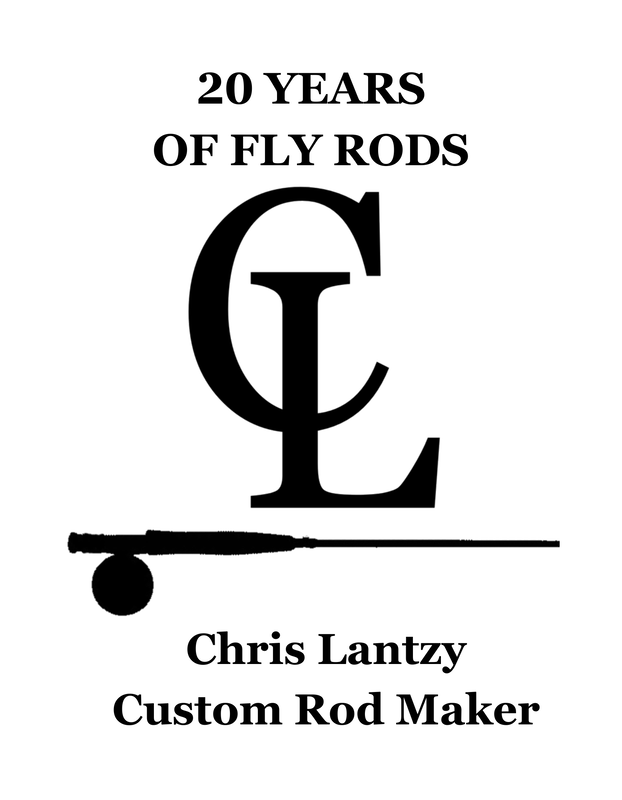
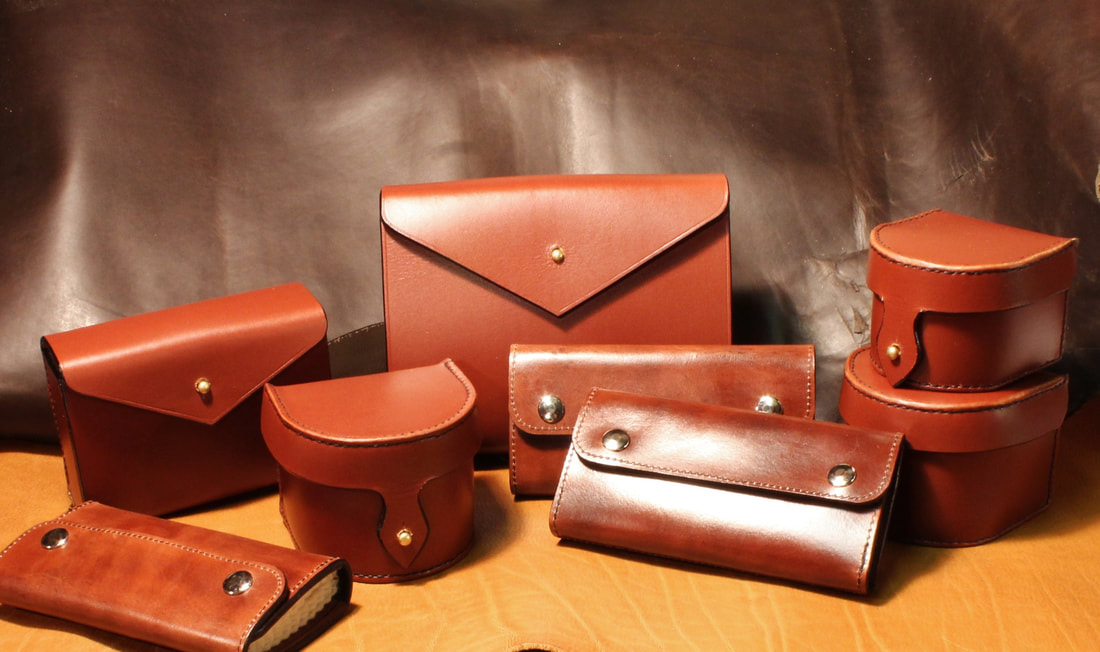

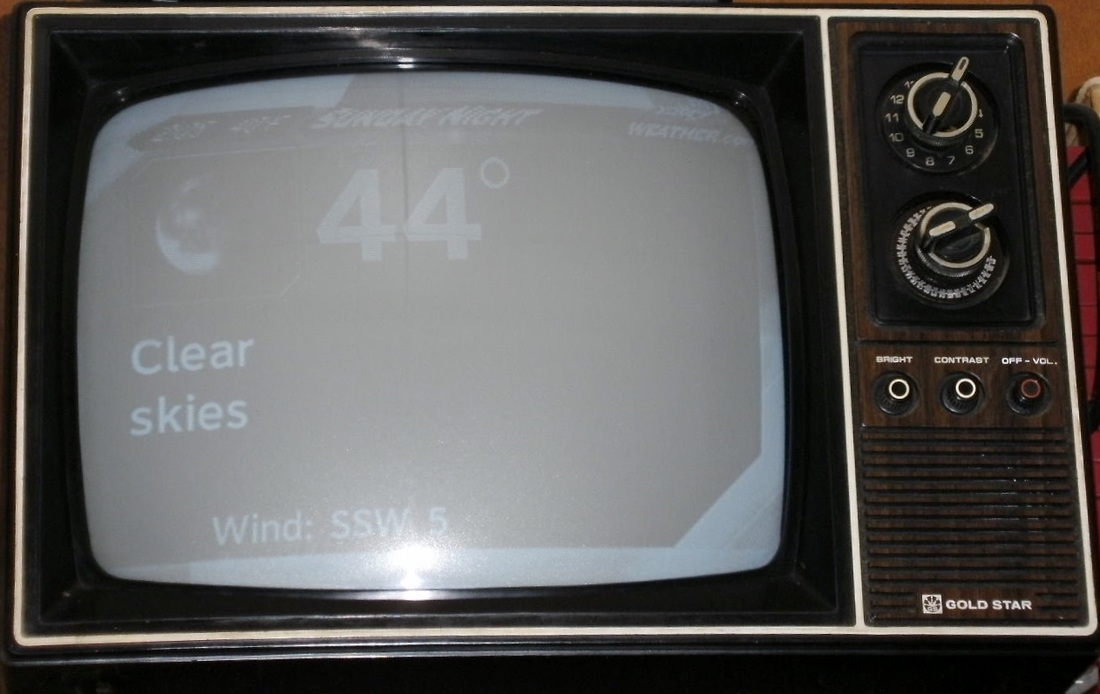
 RSS Feed
RSS Feed
